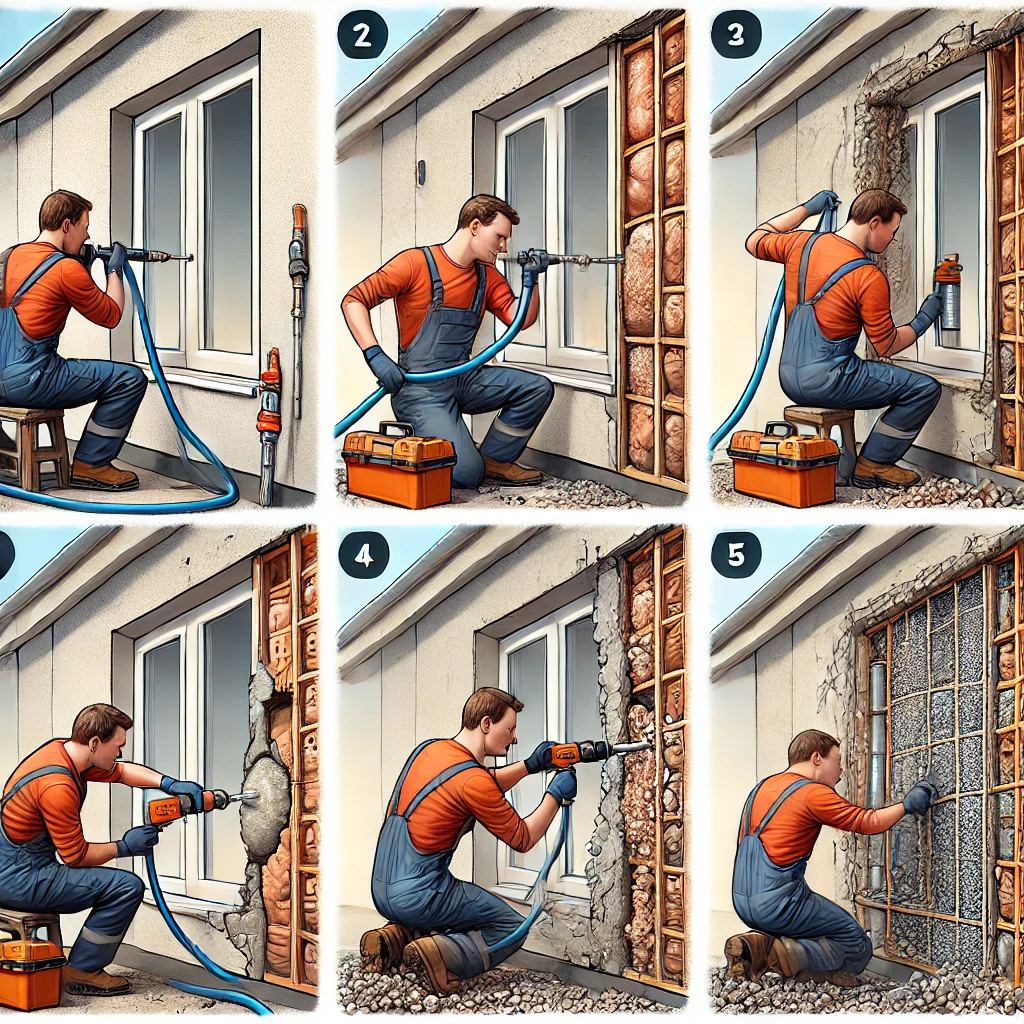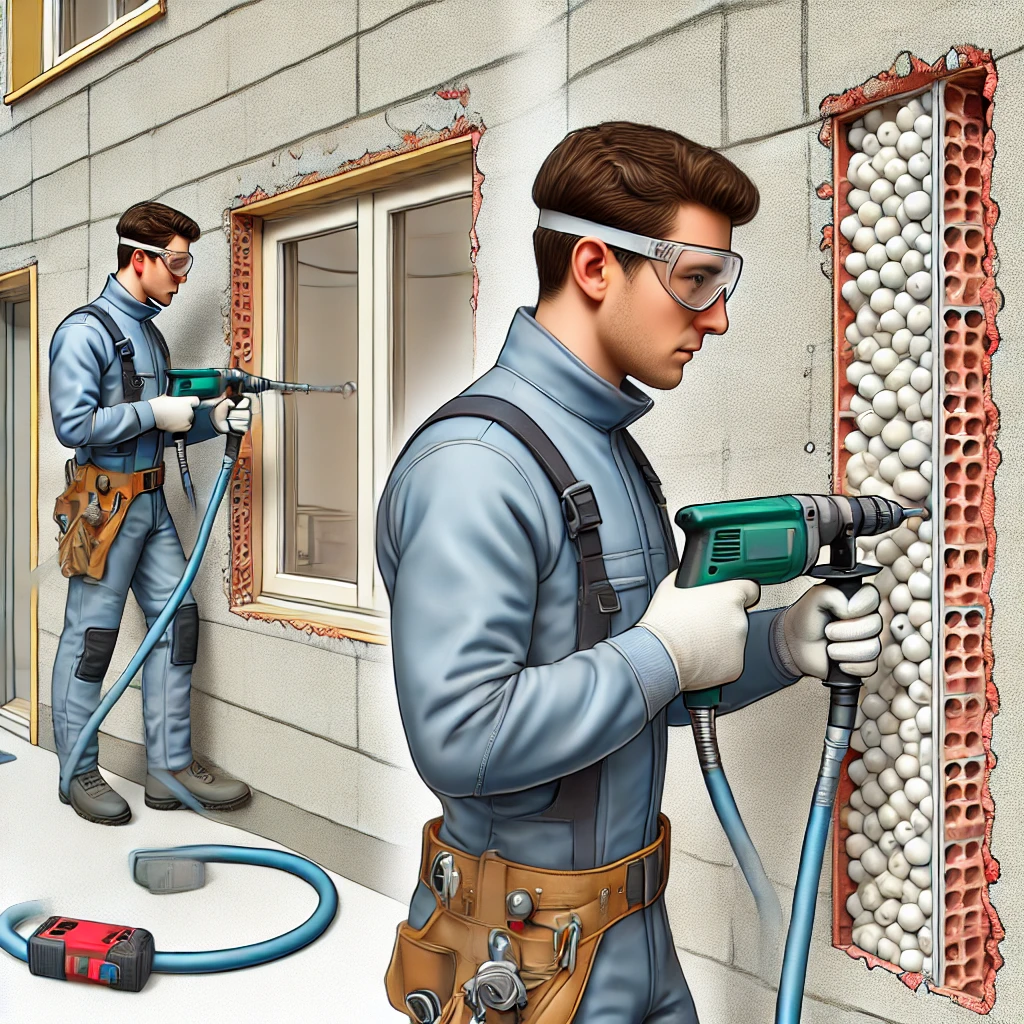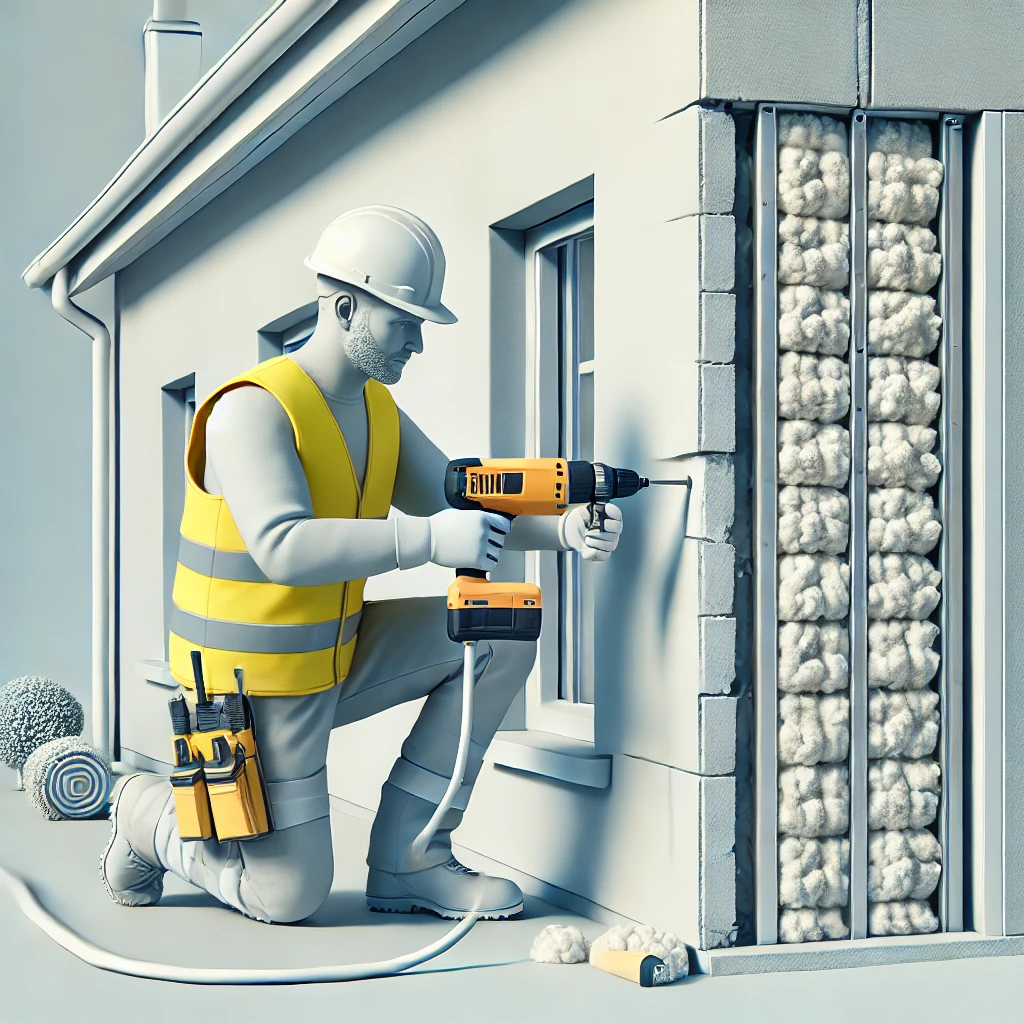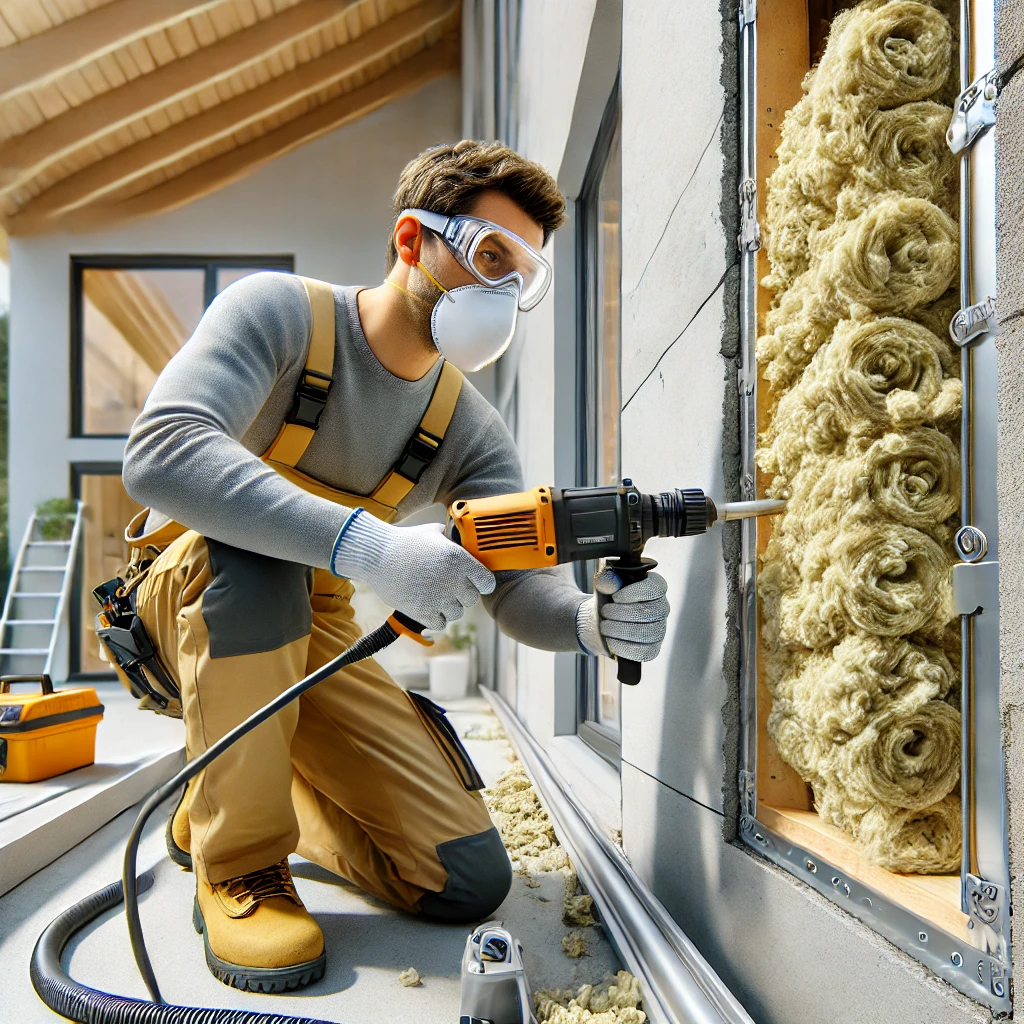
What is Cavity wall?
Cavity walls consist of two ‘skins’ separated by a hollow space. The walls are commonly brick or concrete block. This typical cavity wall construction was introduced in the UK from around the 1930’s and by the 1990’s cavity insulation became compulsory in the UK building regulations. so knowing the age of your home is the first useful step in figuring out if you have them. If your home was built after 1930 then it’s highly likely you have cavity walls.
-
House stock pre 1930 – solid wall construction.
-
House stock post 1930 – Cavity walls slowly introduced.
-
1970 onwards – Possible chance of insulated cavity.
-
1990 onwards – Compulsory cavity insulation as per building regulations.




